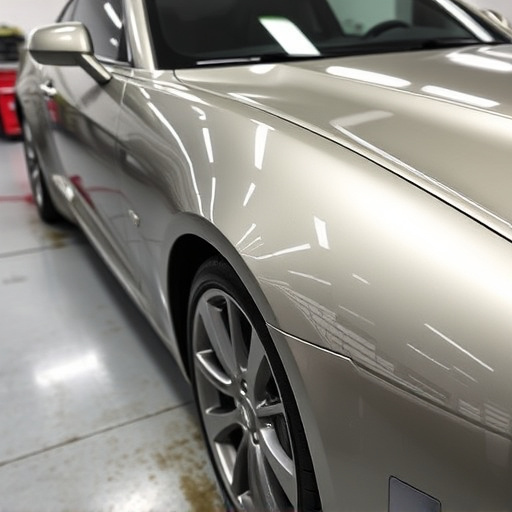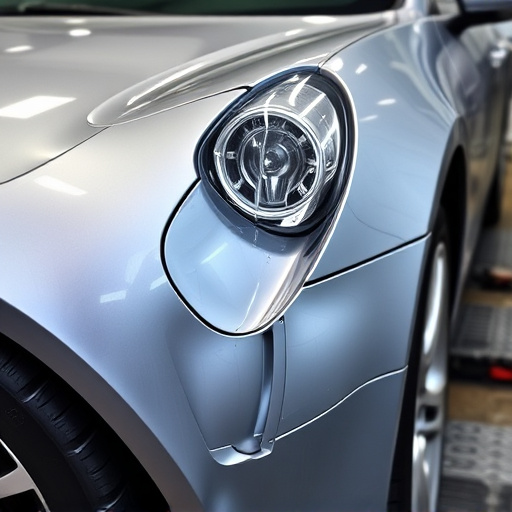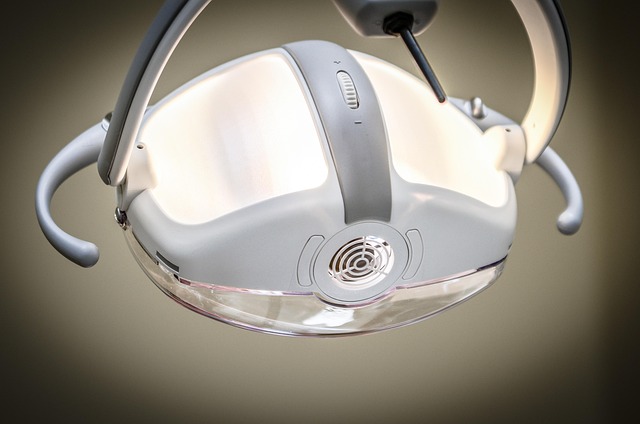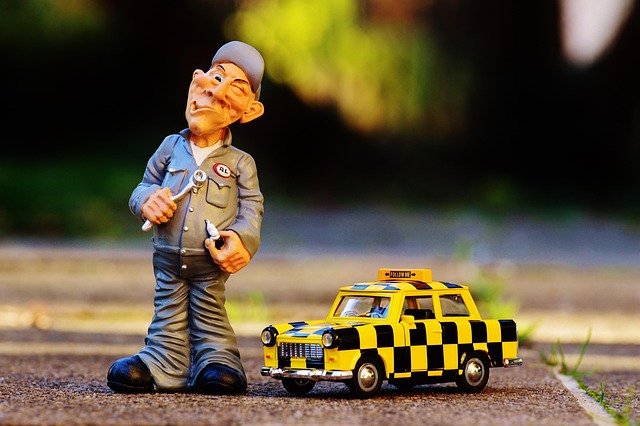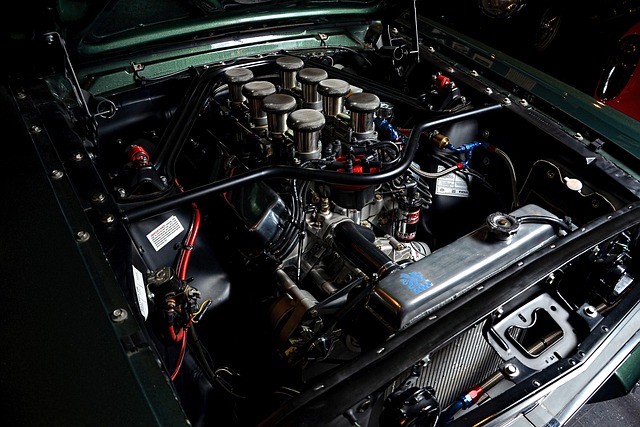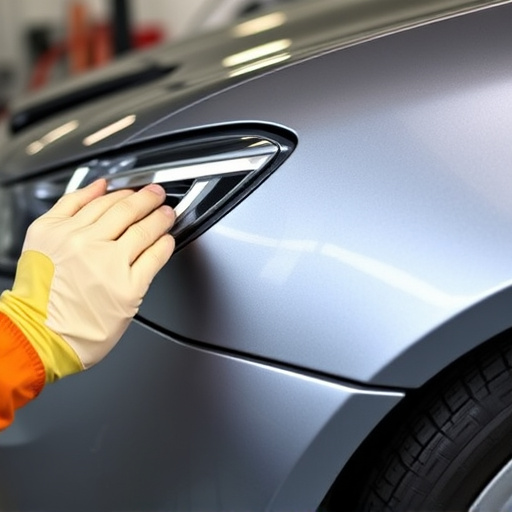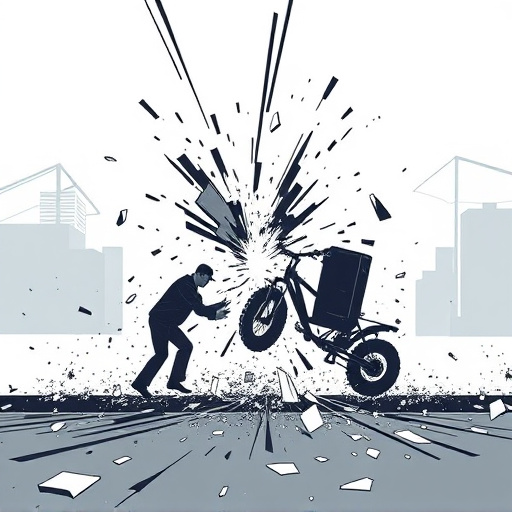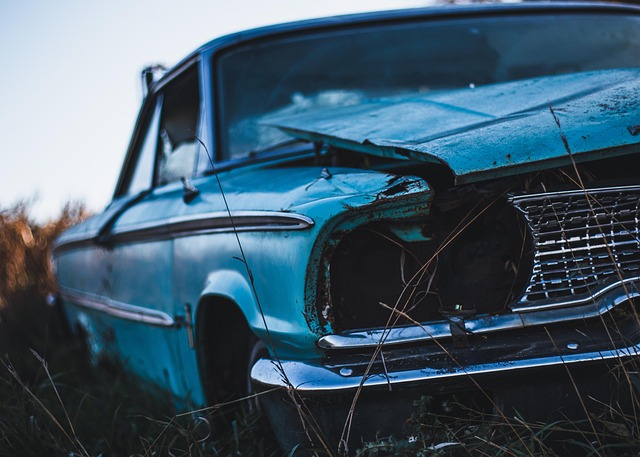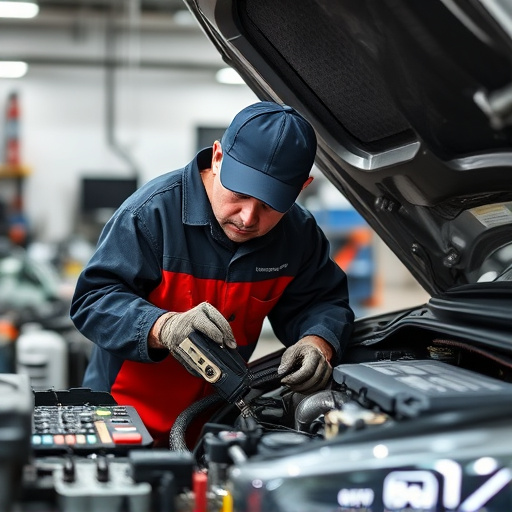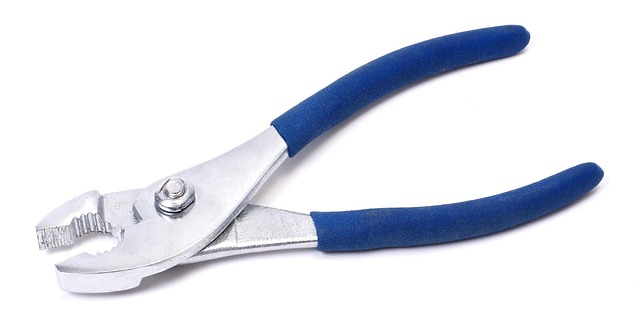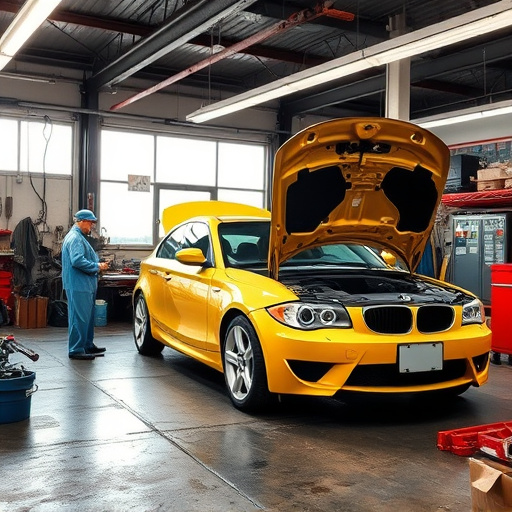Frame repair certification bodies are crucial in the automotive industry, setting and enforcing quality and safety standards for collision and hail damage repairs. They develop rigorous certification programs including training, exams, and ongoing education, ensuring technicians' expertise in handling complex repairs like those for luxury brands while maintaining ethical practices. These organizations globally set broad guidelines but also locally adapt to diverse needs, balancing international standards with regional variations.
Frame Repair Certification Bodies play a pivotal role in ensuring vehicle safety by setting and upholding standards for structural integrity. This article delves into the crucial functions of these organizations, exploring how they guide the automotive industry globally. We dissect their key roles, from quality assurance to training programs, and examine the delicate balance between international standards and local adaption in frame repairs. Understanding these certifying bodies is essential for both professionals and consumers alike.
- Understanding Frame Repair Certification Bodies
- Key Roles and Responsibilities of Certification Organizations
- Global Standards vs Local Adaptation in Frame Repairs
Understanding Frame Repair Certification Bodies
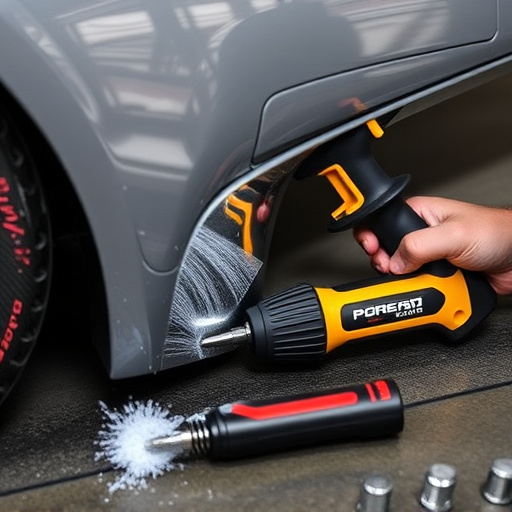
Frame repair certification bodies play a crucial role in the automotive industry by setting and enforcing standards for frame repair quality and safety. These organizations are responsible for developing, implementing, and administering certification programs that ensure technicians and facilities meet specific criteria in handling collision repair and hail damage repair. By obtaining frame repair certification, professionals demonstrate their expertise and commitment to delivering top-notch repairs, such as those required for Mercedes-Benz collision repair, among other luxury vehicle brands.
Certification bodies employ rigorous evaluation processes that include training, examinations, and ongoing education. They assess not only technical skills but also business practices to ensure ethical standards are maintained. This meticulous approach guarantees that certified technicians possess the necessary knowledge and tools to handle complex frame repairs accurately, ensuring vehicle safety and customer satisfaction.
Key Roles and Responsibilities of Certification Organizations
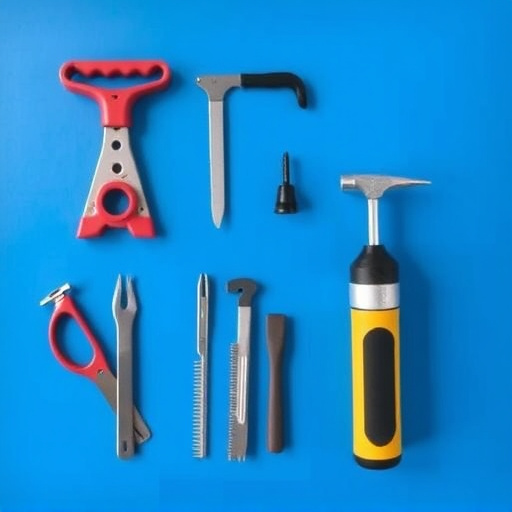
Certification organizations play a pivotal role in the world of frame repair, ensuring that industry standards are met and maintained. Their key roles include developing and implementing rigorous assessment criteria for frame repair techniques, equipment, and safety protocols. These bodies meticulously evaluate training programs, workshops, and individual practitioners to verify their competence in vehicle body repair, including car scratch repair and other specialized services offered by body shops.
Furthermore, they are responsible for regularly updating standards to keep pace with technological advancements in the automotive industry. By doing so, certification organizations guarantee that frame repair services adhere to the latest safety and quality norms. This oversight is crucial in fostering public trust, ensuring consumer protection, and promoting excellence within the body shop services sector.
Global Standards vs Local Adaptation in Frame Repairs
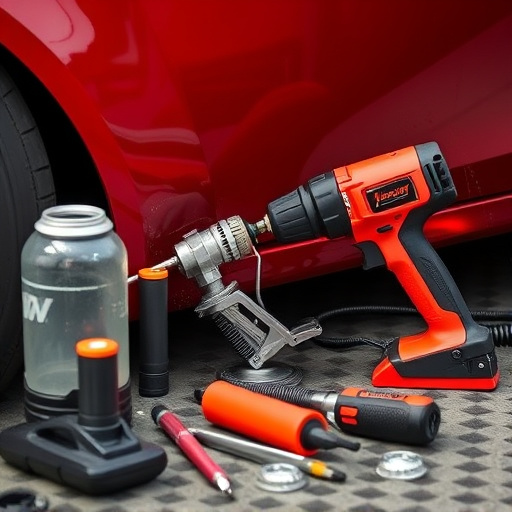
In the realm of frame repair certification, a delicate balance exists between global standards and local adaptation. International organizations often set broad frameworks to ensure consistent quality and safety across borders. These global standards provide a solid foundation for automotive repair services, including frame repair, by outlining best practices and specific criteria for restoration techniques. They serve as a universal language, enabling experts worldwide to understand and adhere to the same principles when handling vehicle damage, particularly in complex cases that require intricate metalwork.
However, local adaptation plays a crucial role in framing repair certification as well. Different regions face unique challenges due to varying road conditions, climate, and cultural practices. For instance, collision repair services in areas prone to severe weather might need to focus on reinforcing frames against specific environmental stressors. Local certification bodies often incorporate these regional considerations into their standards, ensuring that automotive repairs meet the precise needs of their communities. This tailored approach complements global standards, fostering a more comprehensive and effective framework for frame repair certification.
Frame repair certification bodies play a pivotal role in ensuring consistent quality and safety standards across the automotive industry. By implementing global standards while allowing for local adaptations, these organizations enable trusted and reliable frame repair services worldwide. Understanding their key roles and responsibilities is crucial for both consumers and professionals seeking certified repairs, ultimately fostering a more secure and standardized automotive landscape.
